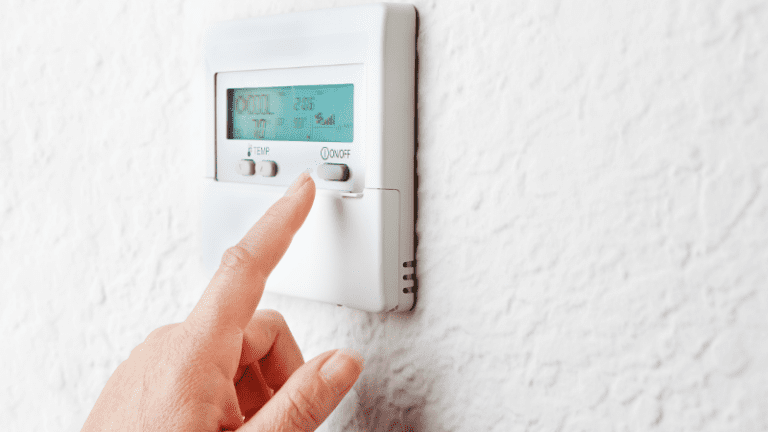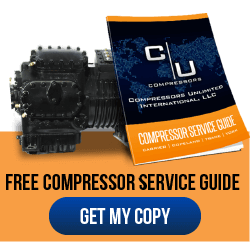Experts estimate large office buildings in the United States use an average of 20 kilowatt hours of electricity per square foot every year. Large offices are those with 100,000 or more square feet of space.
About 70% of energy use can be attributed to lighting and HVAC, while nearly 20% of the cost of operating an office comes from energy. While the deepest energy savings arise from eco-friendly construction, older buildings can secure significant savings when facilities managers take appropriate steps.
Evolving Office Floor Plans Create Energy Consumption Challenges
In the United States, the basic principles of office design are shifting.
For decades, the predominant approach has included a central area of cubicles surrounded by private offices. Now, however, open office plans are becoming common. Companies embrace open plans under the belief they accelerate collaboration and appeal to younger workers.
This trend creates drivers of energy inefficiency, which building staff should be aware of. Plus, some companies are integrating facilities like fitness centers and lounge areas that may contribute to energy waste in unexpected ways. Energy savings strategies must be updated accordingly.
Consider implementing these changes:
1. Use Natural Light to Your Advantage
Natural outdoor light has positive effects on your building and its inhabitants. For those who work during the day, sunlight can counteract some negative effects of the blue light common to computers and mobile devices. Sufficient light exposure in the daytime can promote healthy sleep at night.
From a building systems perspective, utilizing sunlight effectively helps maintain the airflow cycle of your building, enabling warm air to rise. This makes it easier to keep facilities cooler in summer and warmer in winter, reducing the total HVAC load and discouraging frequent on-off cycles.
Add more light where possible and consider refitting windows with tinted eco-friendly glass. Double pane windows incorporate a layer of inert gas that dramatically reduces heat loss through glass. Check diligently for leaks and warped doors or windows, as these affect the efficiency of your building envelope.
2. Take a “Total Building” Approach to Decide on HVAC System Size
Square footage is only one consideration when it comes to sizing your HVAC for maximum efficiency. The building’s occupancy, materials, environmental features, and usage play roles and can change over time.
Once a system has been deployed, monitor it not only in terms of usage but feedback and conditions on the ground. For example: Clammy, humid air can indicate that a system is too large, but if the problem is found in only one area, coil malfunctions or duct leaks may be to blame.
3. Maximize Advantage from Temperature Zones
All but the smallest offices should be designed with multiple independent temperature zones. Depending on your HVAC architecture, you may require an exterior unit or other equipment for each temperature zone – but this extra effort can pay off with greater comfort, cooperation, and productivity.
In general, perimeter areas should be in a different temperature zone than central areas. Ensure that your planning includes special zones such as server rooms that may require intensive cooling. Likewise, meeting and conference rooms must have independent climate control, especially if they cater to outside guests.
4. Refit Main Entrances with Automatic Doors
Human factors should always play a part in planning your energy strategy. When it comes to entrances and exits, even a benign behavior like holding the door open for others can result in several minutes a day where conditioned air is escaping outside. As with everything in energy, it adds up over a year.
Particularly if your office receives visits from members of the public, sensor-operated doors should be high on your list. Reinforced automatic doors maintain a tight seal that reduces overall heat leakage, too.
5. Leverage Smart Technology to Save More
Your thermostat is the brain controlling all HVAC sensors and applications. A green “smart” thermostat can help you keep track of temperature zones and identify changes in performance. Many of the newest units have automated diagnostics that can help you pinpoint problems before they become severe.
Compressor Breakdown Can Be the Biggest One-Time HVAC Cost of The Year
Last but not least, be alert to the aging of your compressors. Every air conditioning and refrigeration system in your office relies on a compressor that requires regular maintenance. As units age, they lose efficiency. The risk of compressor failure grows sharply after ten years in service.
A remanufactured commercial compressor delivers “like new” performance at a fraction of the price of an OEM model. A true remanufactured compressor has been completely disassembled, cleaned, maintained, and tested, with components throughout the unit and replaced to maximize service life.
The compressor, possibly a Trane model CHHN100, is often called the heart of a refrigeration or HVAC system. When efficient approaches are employed across the whole building, it is more effective with less mechanical labor – and thus, lasts longer and is cost effective.












